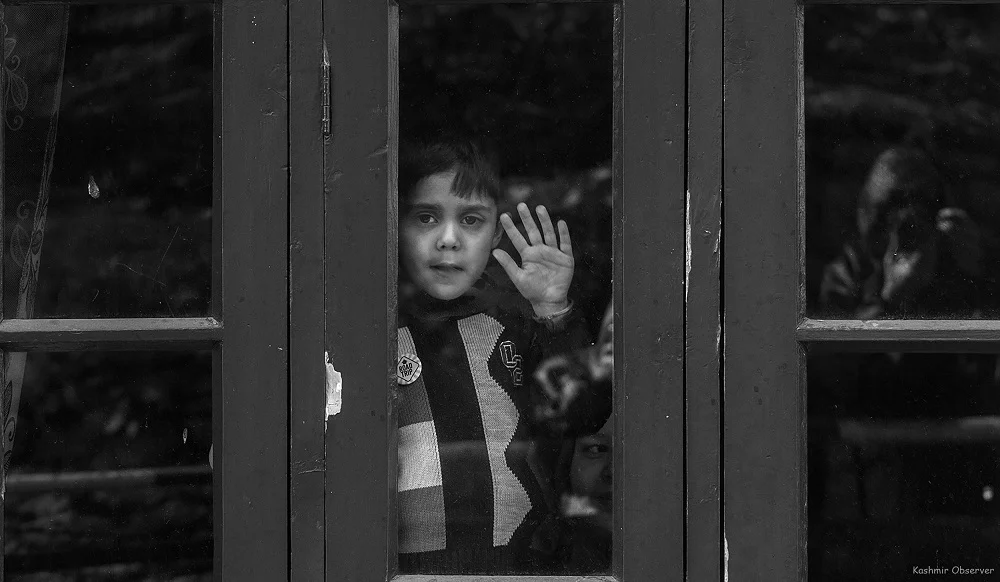
Eye-opening social study by Kashmir’s celebrated sociologist Dr. B.A Dabla apart, the rising quest for nuclear families has casted its own shadow on the strife society. In this detailed piece, a doctorate scholar is trying to deconstruct the ‘fascinating’ façade of Kashmir’s private shelters stricken with sorrow, seclusion and stress.
By Sehrish Manzoor
IT took Mushtaq Khan of Srinagar’s Hyderpora locality a grueling lockdown period to understand changed, and somewhat normalized, behaviour of his 12-year-old son.
Enlightenment of sorts came when cops were enforcing another paralytic phase in Kashmir with cane and curbs. As he became captive in his own home, Khan saw his class 6th standard son grown aloof, anxious and anguished during family interactive and engagement sessions.
It set him thinking.
Much of this mind mapping was missing earlier, since Khan used to spend 12 hours on his fabric store, and would hardly interact with his son back home.
As he became heedful of the change, he firstly blamed the protracted indoor life and absence of company behind his son’s silent suffering.
“But I was mistaken,” Khan, sharing his newfound fatherly concern, says. “As I understood it later, my son’s shifting behavior had to do with the absence of the larger familial support system.”
Back in 2009, the cloth merchant had decided to walk away from his ancestral joint family living in Downtown Srinagar’s Nawab Bazar area. He had come to reside in what was then the “fad and fashionable” Hyderpora locality of Srinagar—housing nouveau riche, including officials, business class, and ‘migrants’ from different parts of the valley.
But in that sprawling urban neighbourhood, his son mostly grew as a captive at home.
At times, Khan’s son would cry his heart out, alone, after being bullied at school. He had no shoulder to cry on, and no agency to report his case—after his parents, one day, reprimanded him, ‘Just avoid those spoiled brats and focus on your studies.’
Even his banker mother would leave him behind under the supervision of their maid. This third-person nourishment badly altered the kid’s behavior and made him indifferent towards his parents with time.
“I never bothered about his behaviour until the Covid lockdown enforced a strict indoor routine on us,” Khan continues to detail his son’s changed mannerism.
“As I could see it, my son had become cheerless and withdrawn. Those signs worried me. As someone who grew up in the harshest lockdown of nineties, I never had these issues.”
But then, unlike his kid, Khan was living in a packed house where everyone—his uncles, aunts and cousins—would share each other’s sorrows and joys.
In that amiable setup, Khan always had a shoulder to cry on and agency to share his anguish with. That empathetic joint family system of Kashmir has since then disintegrated into now normalized nuclear families.
“In most of these homes, children are left at the mercy of caretakers, as many working parents don’t have much time to attend to them,” says Salika Hameed, a sociology teacher from Sopore.
“Even in countryside, nuclear homes have multiplied now, and with them, the growing social seclusion has come to haunt children.”
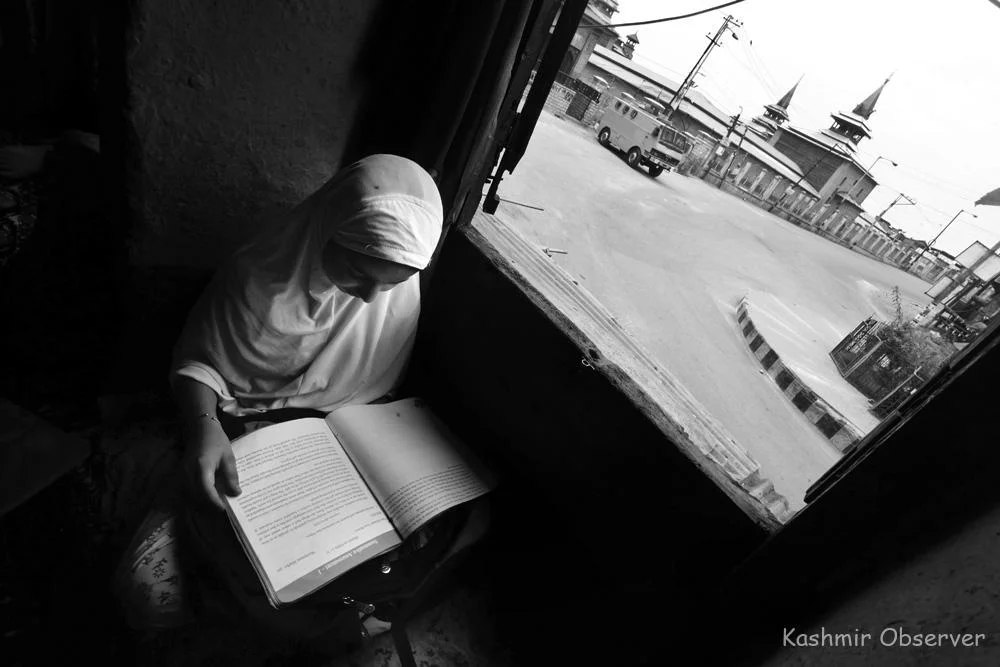
In Srinagar, Malik Siraj happens to be an avid scholar studying the behaviour changes in kids. His previous findings make one believe that children from nuclear families are more vulnerable to delinquency, drug abuse and dependency personality.
“Let’s understand this fix with a simple example,” Siraj, an eloquent scholar, tries to explain the nuclear family impact on children. “In the name of freedom, when you leave your kid behind four-walls, it grooms him in a different manner. It makes him sullen, sad and sentimental. So freedom, in this case, comes with the fear of deviation and unregulated behaviour.”
But in the joint family system, the core family values and ethics would act as behavior filters, the scholar says, and groom children for “Do’s and Don’ts” in life.
“Contemporary Kashmir might claim to be progressive in life, but we are only becoming digital-driven cavemen in reality,” Siraj says with a smirk. “In the name of privacy, we are simply raising kids bereft of street logic and larger identity consciousness. Even if many of these kids turn out to be sharp and smart later on, but what about the silent majority grappling with the nuclear family complexities?”
In fact, he says, raising kids by feeding them YouTube cartoons right from childhood can give parents some moments of respite, but this “mindless parenting” only makes children oblivious of the real world in the long run.
The immediate upshot of such ‘private parenting’, as Siraj calls it, is the mushrooming of half-baked behavioral beings—who often find themselves at the crossroads in their careers and lives.
“On the contrary, children from joint families grew up as sharp and directional in life,” the scholar says based on his research. “They may not always be prospering professionals, but they mostly are sound personalities, street-smart and crisis managers.”
But, he rues, such is not the case with the children of nuclear families.
“They are being raised as some factory-line products, wherein thrust is given on their careers rather than their cultural values,” Siraj says. “And this is the reason why most of them remain oblivious of their roots and cultural moorings.”
Siraj’s words find resonance with the case of Misbah Hameed.
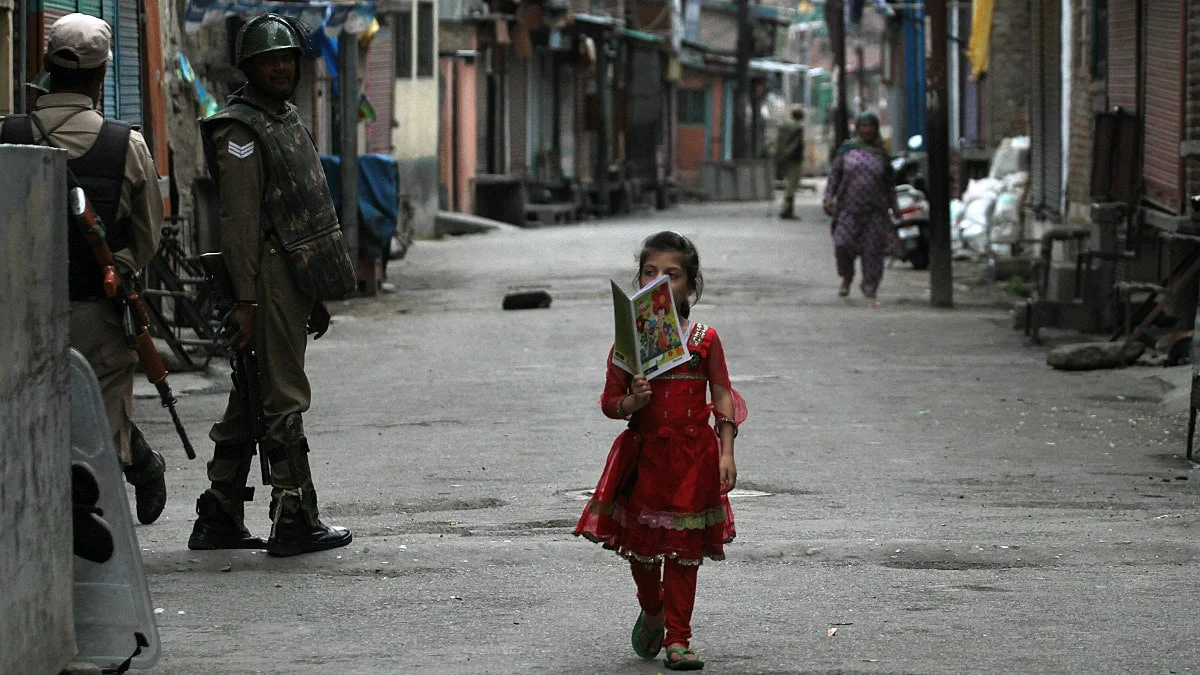
For most of her life, Misbah couldn’t know her cousins and uncles. Given her father’s bent for seclusion way of life, this commerce graduate grew up as aloof and geek.
“Life has always been about books and grades,” Misbah, an introvert girl, says. “After living a withdrawn life from my large clan, I’m not able to relate with my aunts and cousins now, especially during those special family occasions.”
Such cases don’t surprise someone like Mohsin Mehraj, who’s doing his research on the impact of nuclear families in Kashmiri society.
“Most of the kids from these families don’t relate with the larger society,” Mehraj says. “They live in a manicured setup where their worldview is shaped through a selective caretaking and grooming process.”
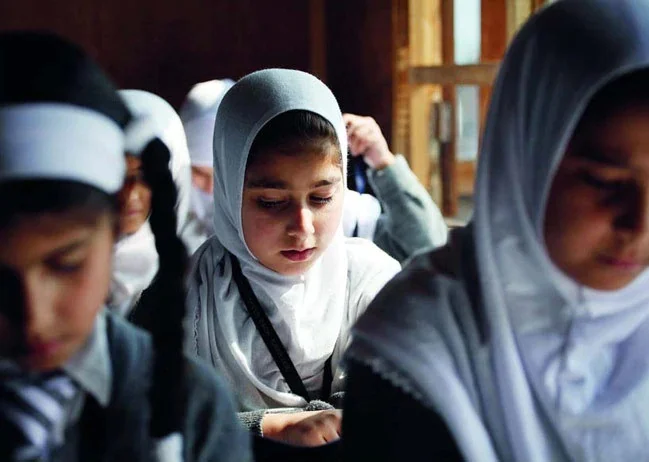
To further understand the impact of such family setups on Kashmiri children, I met Saima Mufti, a social-care professional working on the child and women welfare issues.
“The celebrated hospitality trait in Kashmiris was there for a reason,” Mufti told me in her Srinagar office.
“Most of us would watch each other’s back in the joint family. We always had someone to counsel and correct us. This would create a compassionate ecosystem in our homes.
“But now, we don’t have many people to rely on in the nuclear families fighting their own demons today. I think that’s the reason why sense of care and compassion is faltering today.”
Even scholars and sociologists say that joint Kashmiri families were more resilient.
“Many big families in Kashmir take pride in the fact that they could exist due to joint family culture during the harshest periods of persecution, poverty and plagues,” Irtiza Amin, a sociology lecturer from Anantnag, says.
“Besides grooming young lots for tackling the emergency situations in their homeland, these joint families would serve as the primary learning centres for our kids.”
In her research papers published in many Indian journals, Amin has adopted the chronological phases of family research in Kashmir as the mode of presentation. She attributes fast disintegration of the social setup in Kashmir to the blind pursuit for nuclear families in the name of “seeking privacy and staying away from the so-called prying eyes in the joint setups”.
But unlike the larger Indian society, where family plurality has been an essential feature, Kashmiri, she argues, had a strong sense of shared family values.
“For the region infested with the foreign domination throughout its history, the natives had a strong sense of togetherness,” Amin says.
“So, in a way, Kashmiri households were the mini-resilient fronts against the enforced offensive in their backyard from time to time.”
While much of that shared spirit has waned now, many don’t seem to complain as they call it the need of the hour.
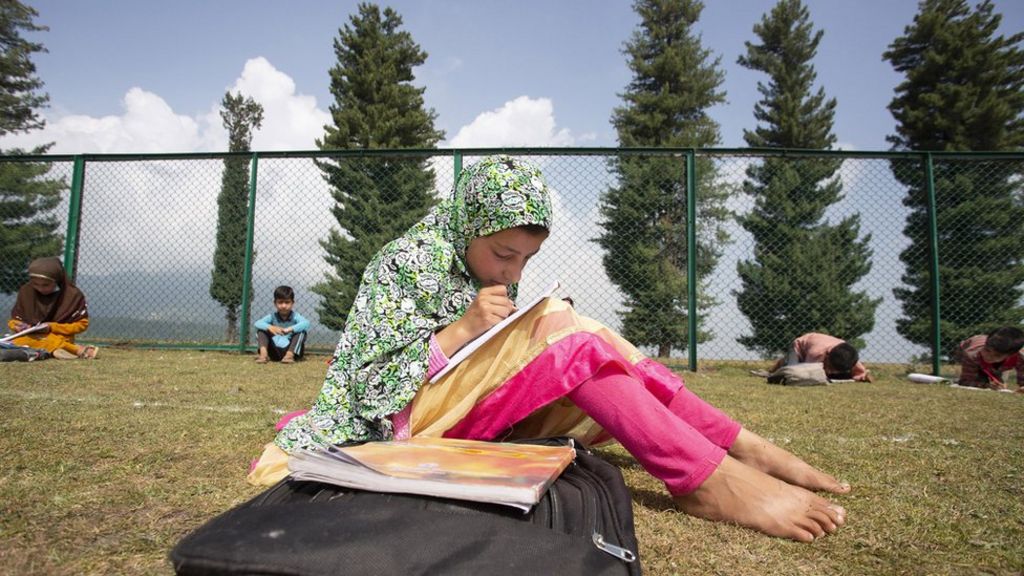
When Hilal Dagga started living with his wife and two children in a separate house in Srinagar’s Habak area some decade back, he says, he finally breathed easy.
Before that, he had lived forty years of his life in his ancestral house shared by his three other siblings along with their own families.
“In think there comes a time when even cavemen move out of their cave in search of a better space and shelter,” Dagga, a government official, says. “And I don’t think it creates any different in children’s lives and mindsets. Change has to happen and that’s how we grow in life.”
Seconding Dagga, Rifat Altaf argues that nuclear families are better childcare units.
“There aren’t much hassles and interventions in nuclear families,” Rifat, a nurse by profession, says. “Children from such families are more focused, ambitious and practical. Had it been such a problematic thing to have a nuclear family setup, then westerners wouldn’t have let their children to live their own lives after they turn 18. This practical approach of life is the reason why they’re progressing in every sphere of life.”
But then, many say, such societies have their own depravities and underbellies, too. Among them is Mushtaq Khan, the cloth merchant of Hyderpora.
“This Covid lockdown might have created havoc in the world, but for me, it has come as a blessing in disguise,” Khan says. “It has made me better father, who’s aware of his child’s needs today.”
- The author is pursuing her doctorate in Sociology from Desh Bhagat University.
Follow this link to join our WhatsApp group: Join Now
Be Part of Quality Journalism |
Quality journalism takes a lot of time, money and hard work to produce and despite all the hardships we still do it. Our reporters and editors are working overtime in Kashmir and beyond to cover what you care about, break big stories, and expose injustices that can change lives. Today more people are reading Kashmir Observer than ever, but only a handful are paying while advertising revenues are falling fast. |
| ACT NOW |
| MONTHLY | Rs 100 | |
| YEARLY | Rs 1000 | |
| LIFETIME | Rs 10000 | |












